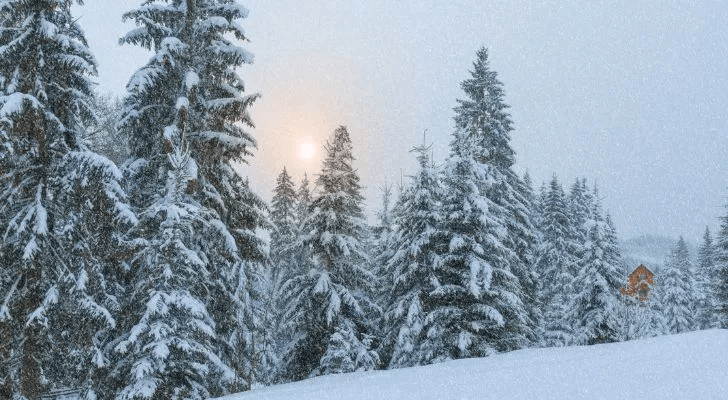
Why Do Leaves Change Color in the Fall?
- Environment
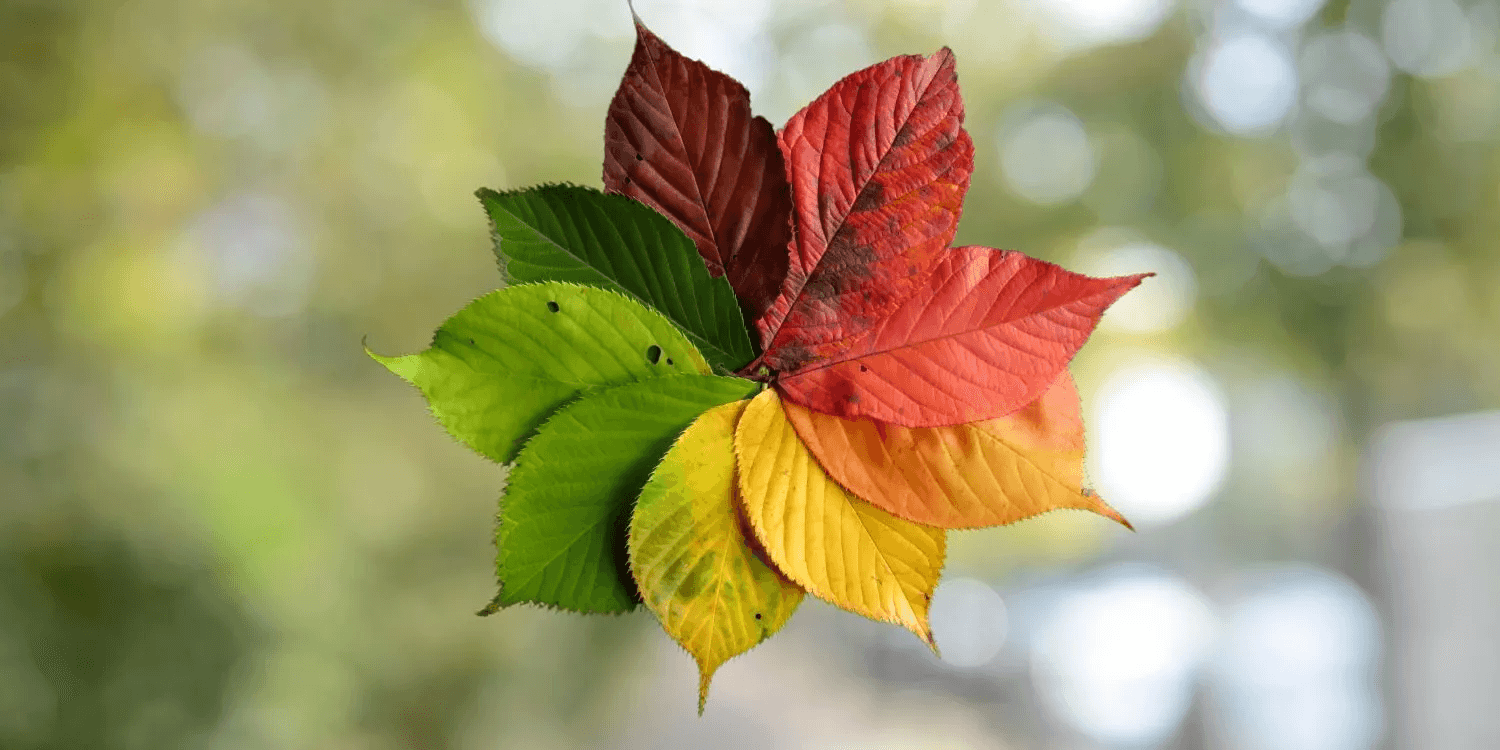
You know fall is on the way when you look out of the window and see the colors of the leaves are changing.
Maybe you’ve walked through a park full of brown leaves or watched the trees become bare over the last few weeks.
But have you ever wondered what causes this phenomenon every year?
It’s time to discover why the leaves change color with the seasons.
Why are there so many different colored leaves?
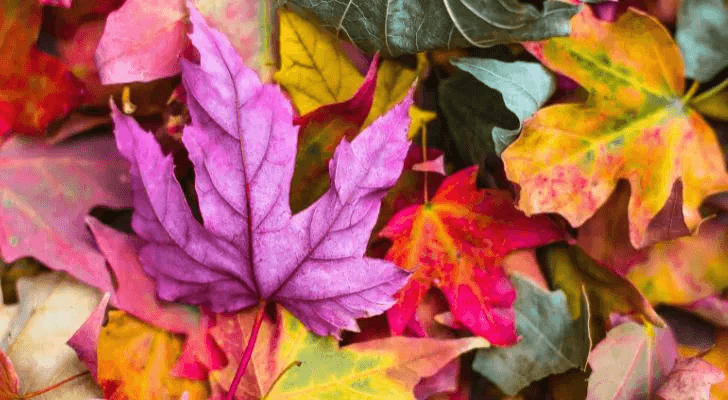
Not all leaves are created equal, so you will find them in many shapes, sizes, and colors.
Each plant has pigments that give it color. Chlorophyll is the most common pigment and makes plants look green.
Carotenes are another well-known type of pigment that gives plants an orange look, while xanthophylls create yellow tones, and anthocyanins produce red and purple shades.
The color of plants also depends on the time of year and the conditions in which they grow. Depending on the month, you may see green, yellow, orange, red, brown, or even purple leaves.
What makes leaves change their color?
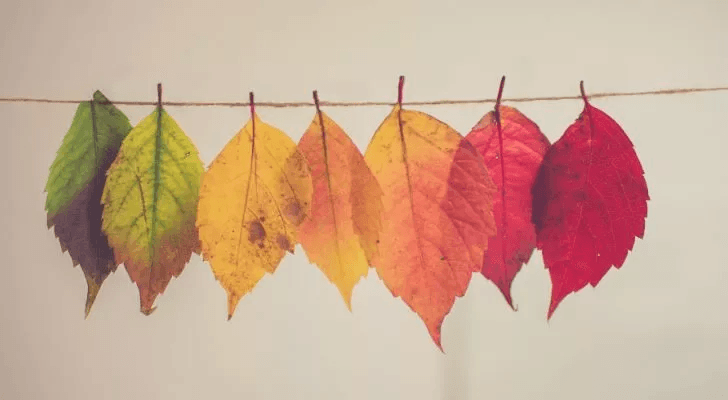
Plants turn light energy from the sun into chemical energy during photosynthesis. This creates oxygen, food, and other organic materials that support life on Earth. Chlorophyll is essential to this process.
When the temperature gets cooler as fall approaches, and there is less sunlight, the chlorophyll breaks down as it’s no longer needed. This makes the plants look less green.
Other pigments that were already in the background, like the orange carotenes, become more visible and change the color of the leaves.
Other chemical changes during this season can cause red leaves in some trees, like oaks and dogwoods.
For example, red anthocyanin pigments are produced more toward the end of summer when natural sugars get trapped in the leaves. These changes bring an even greater variety of colors in the fall.
Do all leaves change color in the fall?

Some trees, like the holly or oak, remain green throughout the winter months. They do not shed their leaves and are known as evergreen plants.
By contrast, those that change color and shed their leaves every year are deciduous.
Some evergreens also produce cones, like the pine or fir, and are called coniferous plants.
Coniferous evergreen plants are often associated with Christmas, and you might notice their luscious green leaves standing out in a snowy winter scene!
Birds and other small creatures use evergreen trees, such as pine trees, for shelter and food during winter.
Their leaves provide protection against the cold weather, and some plants produce berries all year round.
Trees like conifers provide a vital lifeline for wildlife by retaining their leaves or needles throughout the cold months.
What causes leaves to fall?
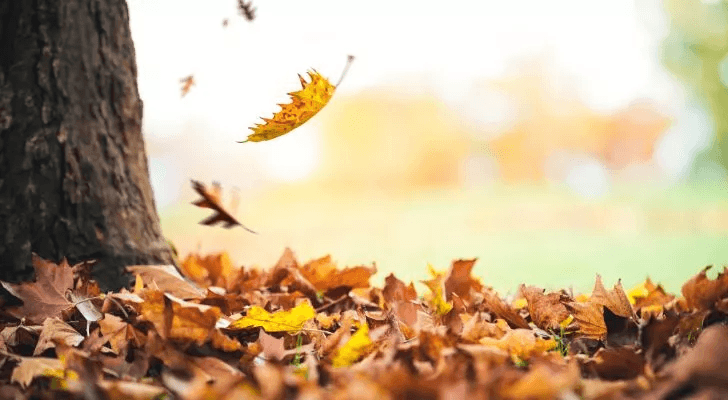
If you go outside in the fall, you may see hundreds of leaves on the ground. During this season, chemical changes occur in deciduous plants, and the leaves fall off.
Leaves are supported by tissues that keep them attached to a stem. As fall approaches, special cells grow in the stem, creating a barrier between the leaf and the tree.
Eventually, the wind blows, or the leaves become too weak and fall to the ground.
What is the symbolism of leaves in the fall?
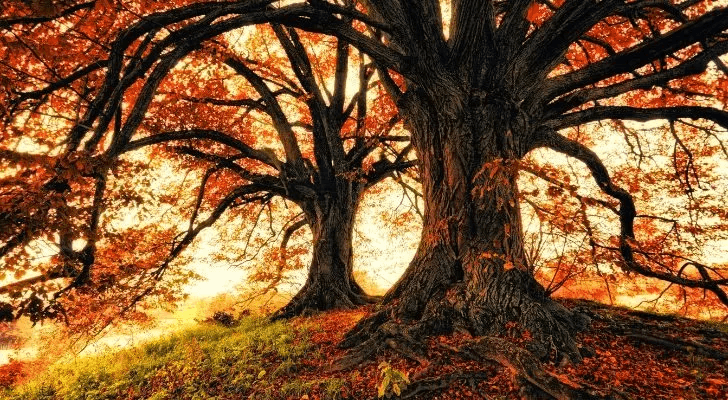
According to some literature, leaves changing color and falling off trees can be a sign of decline.
This topic features in Shakespeare’s 73rd sonnet. In this poem, Shakespeare reminds the reader that nothing lasts forever and points to the leaves turning yellow and brown as the seasons change.
However, other pieces of literature suggest that fall is a time of richness and rebirth. For example, John Keats’ poem “To Autumn” portrays the fall as a time of ripe fruits, sunshine, and flowers!
During fall, millions of leaves will change color and drop from the trees, while others will stay green and provide a habitat for wild animals.
Now you know that chemical changes triggered by weather and temperature conditions are the reason behind this.
Next time you step outside during the fall and stand on a crispy brown leaf, you may remember the complex process that caused it!





